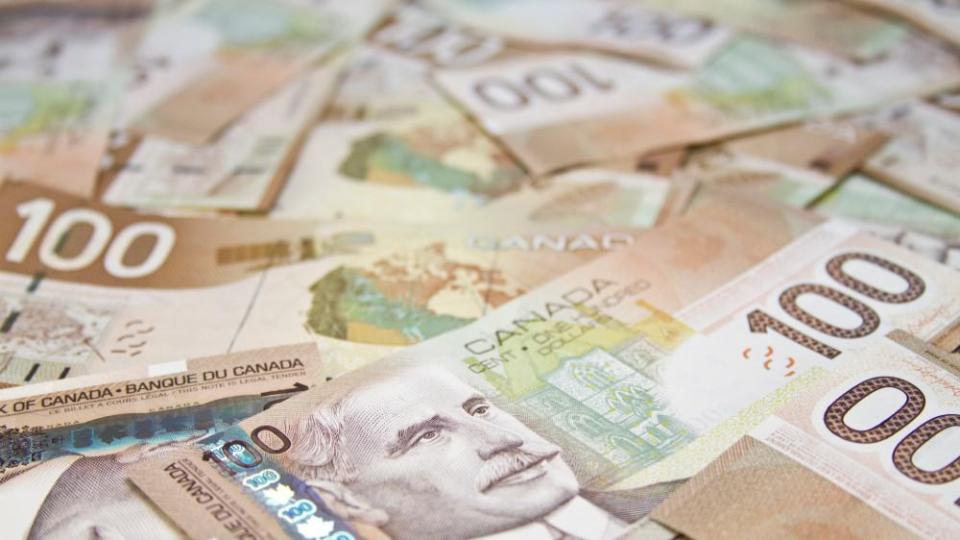How to Get a $100,000 TFSA Portfolio From Scratch

TFSAs are the best tool to fast-track your portfolio growth because there are no taxes on the returns from interests, dividends, and capital gains. This year, investors have contribution room of $6,000 for their TFSAs. The contribution room will increase over time, but let’s be conservative and assume that it stays at $6,000.
Saving regularly is critical (initially)
In the early years of investing, your savings amount is more critical than the returns on your investment. The North American average stock market returns are 10% per year.
Assuming you get market returns on the $6,000 contribution, you’ll earn $600 this year. Next year, another $6,000 contribution equates to total investments of $12,600. Getting the market returns again will lead to gains of $1,260.
It isn’t until the eighth year of investment with continued contributions of $6,000 a year that your TFSA will generate more returns than your yearly contribution of $6,000.
That’s actually not bad seeing that the TFSA could essentially go on autopilot in eight years without having you to contribute another dollar into the account.

How to get a $100,000 TFSA portfolio from scratch
According to our scenario above, investors will arrive at a $100,000 TFSA in 11 years — specifically, $111,187.
Getting 10% consistently on the stock market is easier said than done, right? We can’t control when there will be market crashes. In the last crash, the market fell as much as 50%!
Actually, market crashes are the best thing that can happen for long-term investors because then you can buy stocks on the cheap!
Therefore, to get 10% (or higher) total returns per year over the long run, investors can simply focus on buying good companies when they’re trading at good valuations.
Right now, Manulife Financial (TSX:MFC)(NYSE:MFC) is a good stock that trades at a big discount from fair value. At below $24 per share, the global insurance company trades at a blended price-to-earnings ratio (P/E) of only 8.5, while it’s estimated to increase its earnings per share by 10% per year. So, the stock trades at a cheap PEG ratio of 0.85.
Based on the 10% growth rate, a conservative P/E expansion to 10.5 over the next five years will lead to total returns of 18% per year! Of course, MFC stock’s current yield of about 4.2% also helps with the 18% return.
Changing our scenario above to a more aggressive total return of 18% per year, investors can cut down two years and arrive at a $100,000 TFSA in nine years — specifically, $114,515.
Foolish takeaway
Initially, your TFSA portfolio growth will heavily rely on your savings. However, the longer you stay invested for, the more your investments will pay off and eventually overtake your savings amount!
A reliable way to get great returns is by buying good dividend stocks when they’re trading at a value. Right now, you can start off with Manulife, which trades at a discount of 18% from Thomson Reuters’ mean 12-month target and offers a 4.2% yield that boosts returns.
More reading
Colombia: Poised to Become the World’s Leading Cannabis Growing Jurisdiction
3 High-Yield Dividend Stocks That Are Trading Near 52-Week Lows
Fool contributor Kay Ng owns shares of MANULIFE FIN.
The Motley Fool’s purpose is to help the world invest, better. Click here now for your free subscription to Take Stock, The Motley Fool Canada’s free investing newsletter. Packed with stock ideas and investing advice, it is essential reading for anyone looking to build and grow their wealth in the years ahead. Motley Fool Canada 2019

 Yahoo Finance
Yahoo Finance 